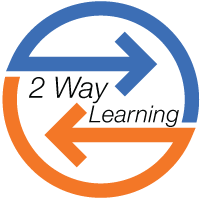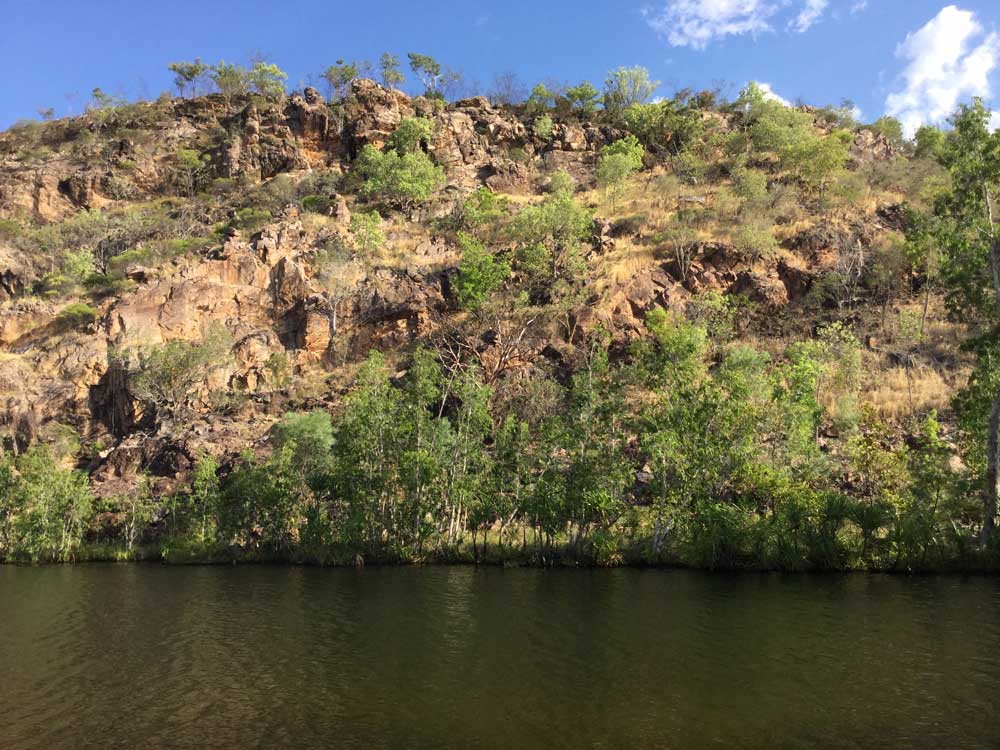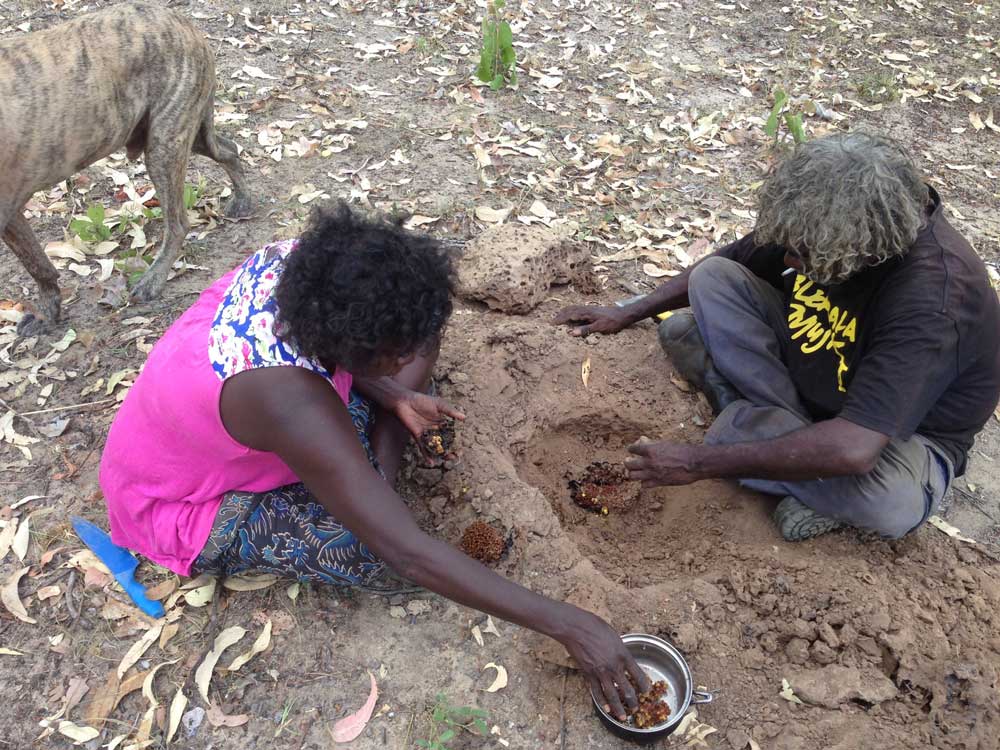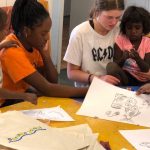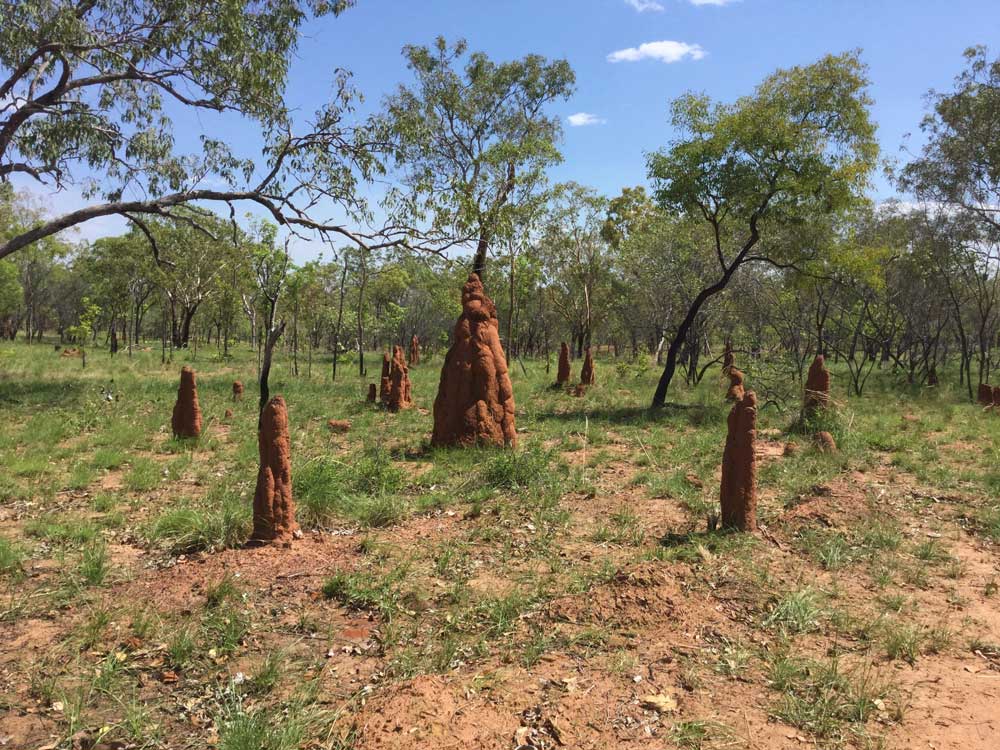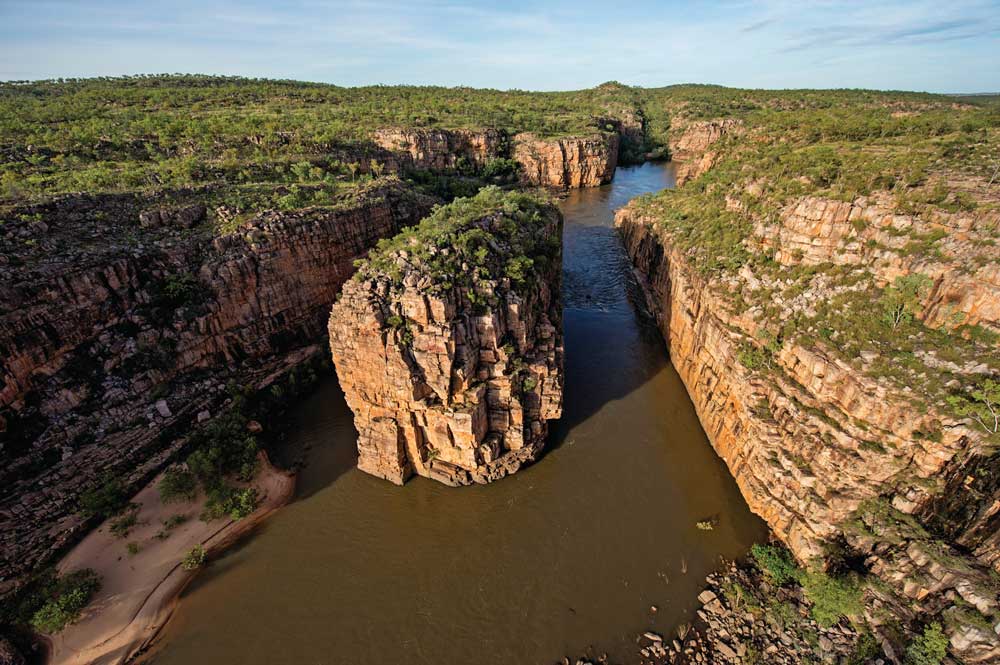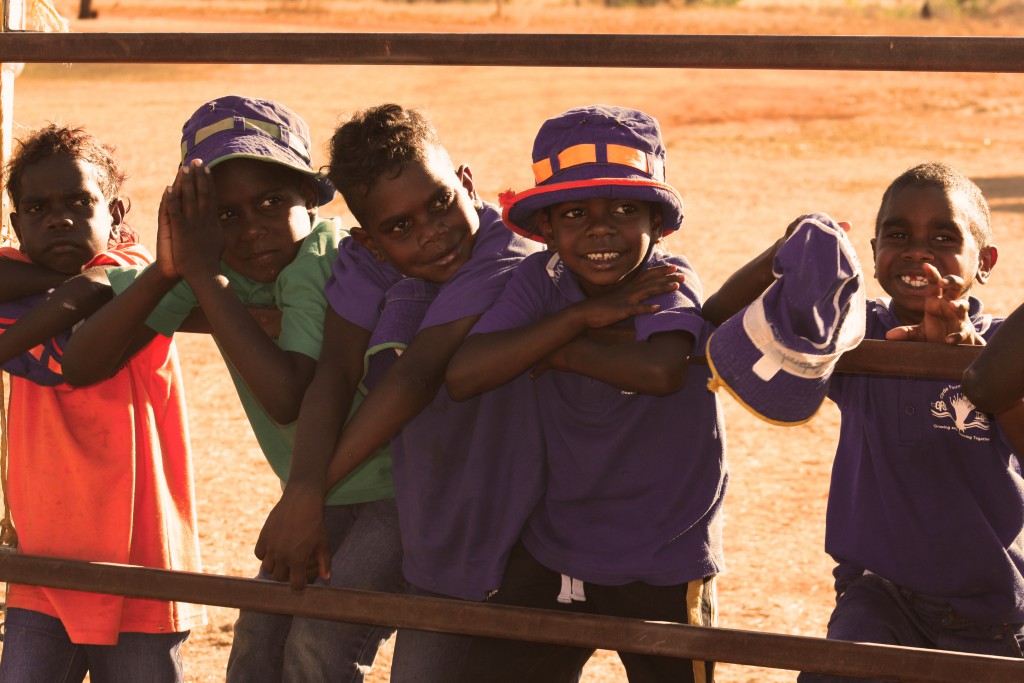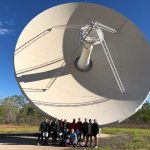OUTBOUND PROGRAM
Short Term Program (1 week to 2 weeks)
The short term program will provide:-
- all students with the opportunity to work alongside each other in literacy, numeracy, music, drama, visual art and sport programs
- the visiting students with an introduction into First language
- the visiting students with an insight into Aboriginal culture and idenity
- all students with an opportutnity to learn about history and geology of the land and local flora and fauna from Aboriginal and non-Aboriginal perspectives
- the visiting students to participate in Service Learning programs
- the visiting students with the time to reflect on and record their daily learning
Service Learning
Other projects to be incorporated into the Education program are linked to Service Learning opportunities. Service Learning is a form of experiential education in which students engage in activities that address social and environmental needs. Reciprocity and reflection are key components to this program.
Opportunities include:-
- Assisting environmental monitoring and research
- Supporting local industry
Support of Local Communities
In addition to the benefits provided through Service Learning opportunities, communities within the region can be supported through:-
- employment opportunities
- building maintenance programs
- providing labour for special projects including tourist ventures and horticulture (including market gardens)
- providing nutritious meals
- the development of food vending businesses.
Reciprocal Programs
Quality relationships established between students in the remote location could lead to reciprocal arrangements in the city school. These arrangements will provide Aboriginal students the opportunity to reconnect; to expand their world view; to experience education in a city environment; and to consider the leadership impact they can have on their own Peoples.
